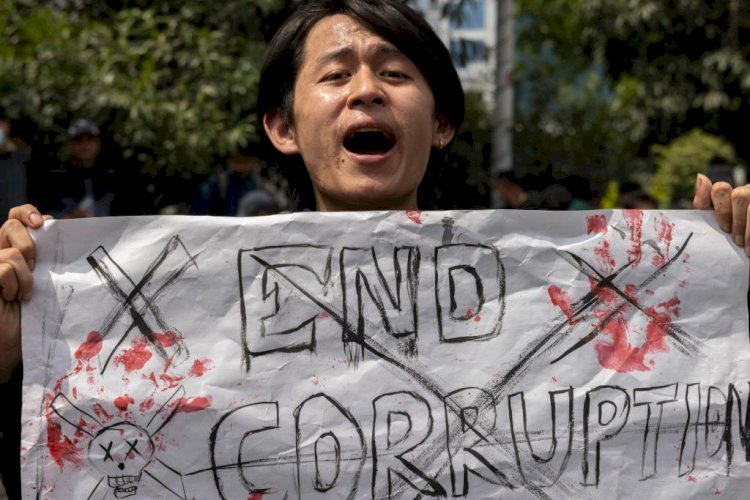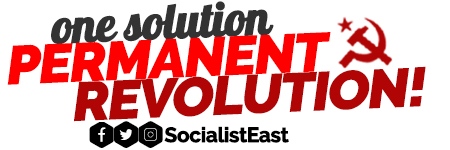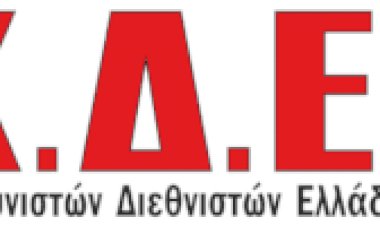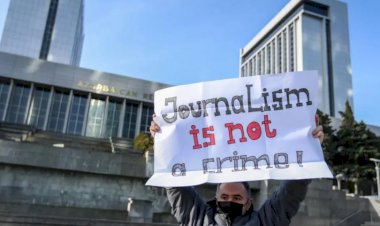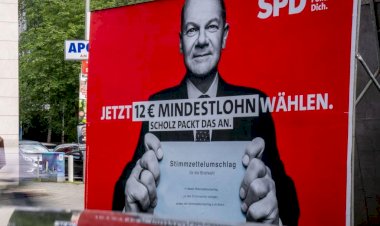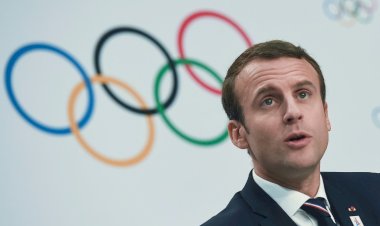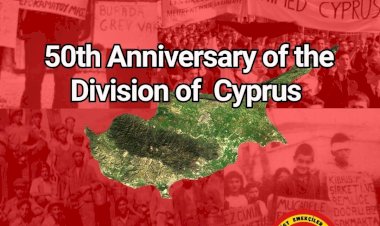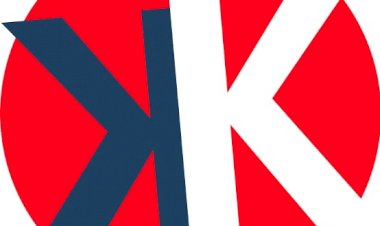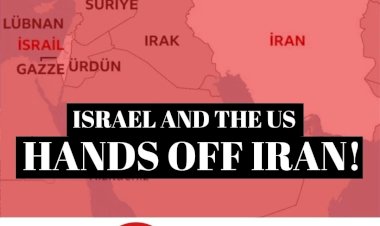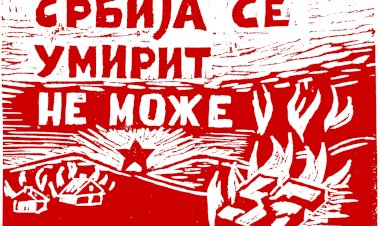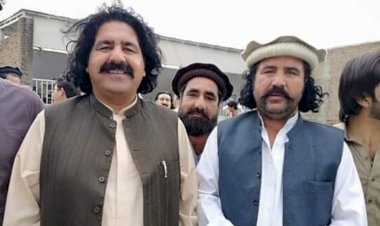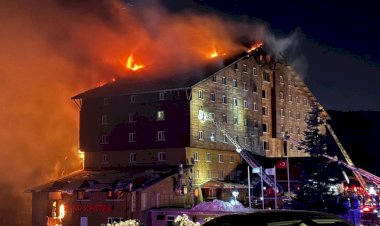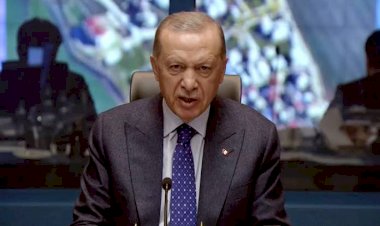Protests Grow in Nepal as Corruption, Economic Inequality, and Rising Poverty Spark the Fuse
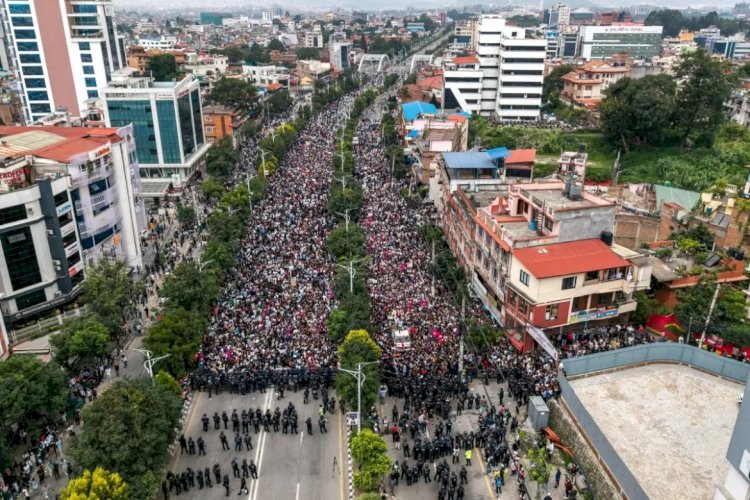
In Nepal, anger and opposition against the government, which have been simmering for years, escalated last week due to the banning of social media platforms. The government issued threats to social media companies to suppress the spread of news and anti-government campaigns, and a blackout was imposed on 26 platforms. While social media bans fueled the protests, the main reason Nepalese people took to the streets was the economic downturn. According to the World Bank, the unemployment rate for youth aged 15-24 in Nepal (which constitute the majority of the protestors) was 20.8% in 2024, and the country's economy is heavily dependent on remittances from Nepalis living abroad, which accounts for over a third of its GDP.

22 people are reportedly dead and hundreds injured in the protests of 2 days, which began due to increasing allegations of corruption, blackouts, and economic inequalities. Security forces are cracking down on the protests with live ammunition, water cannons, and tear gas. Following this, Nepalese Prime Minister KP Sharma Oli resigned due to the "state of emergency." There are allegations that the Prime Minister fled the country by helicopter. A video circulated showing the Finance Minister chased by the protestors after being thrown into a river.
Nepal is witnessing its largest protests since becoming a republic in 2008 following a decade-long civil war, and the protests are predominantly comprised of Generation Z. Despite the curfew, people poured into the squares and set fire to the police box surrounding the Nepali Congress office and the Prime Minister's residence. The airport was closed as a precautionary measure during this time. The military was called upon to end the protests and reach a settlement to prevent further loss of life and property.


